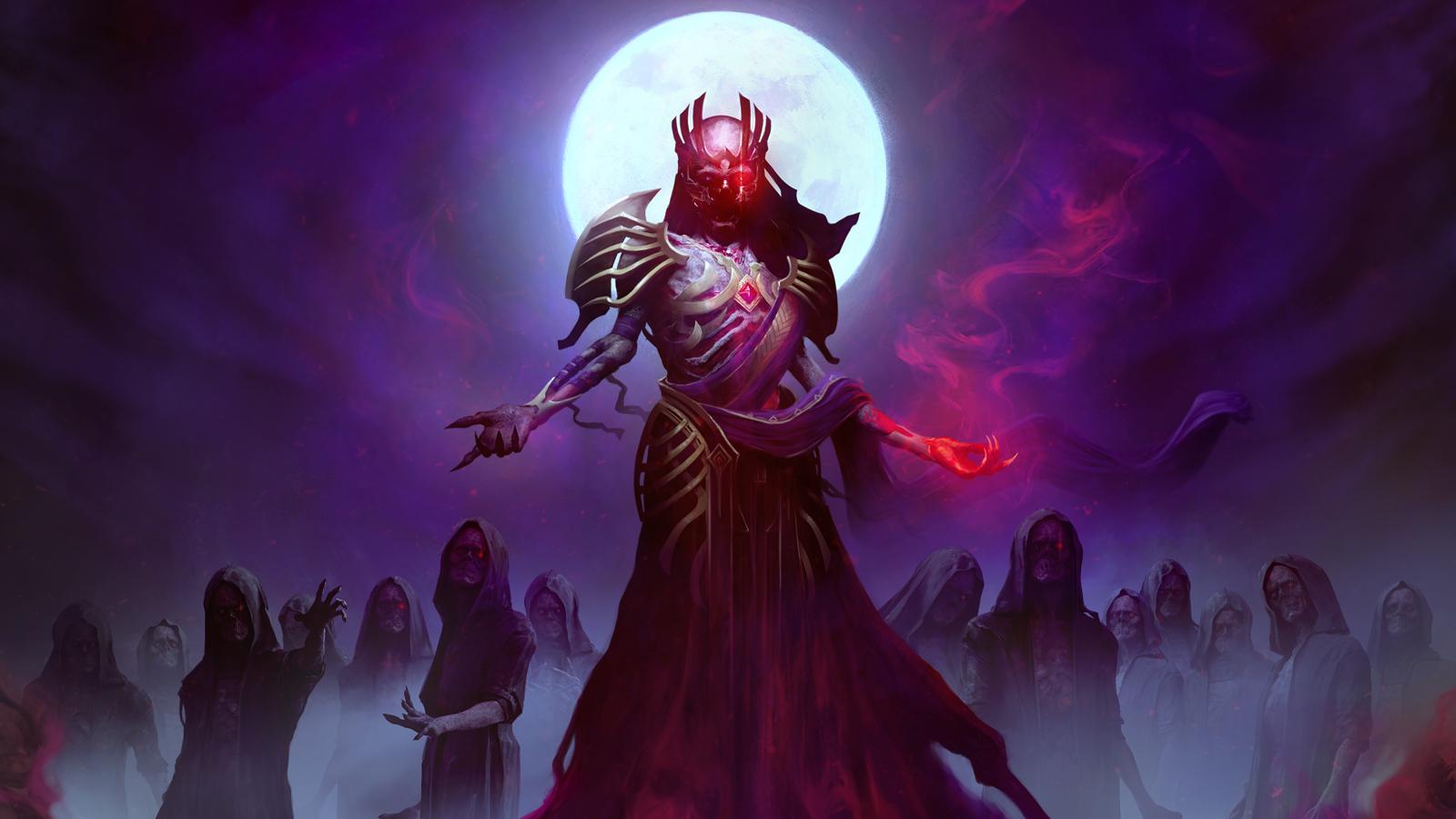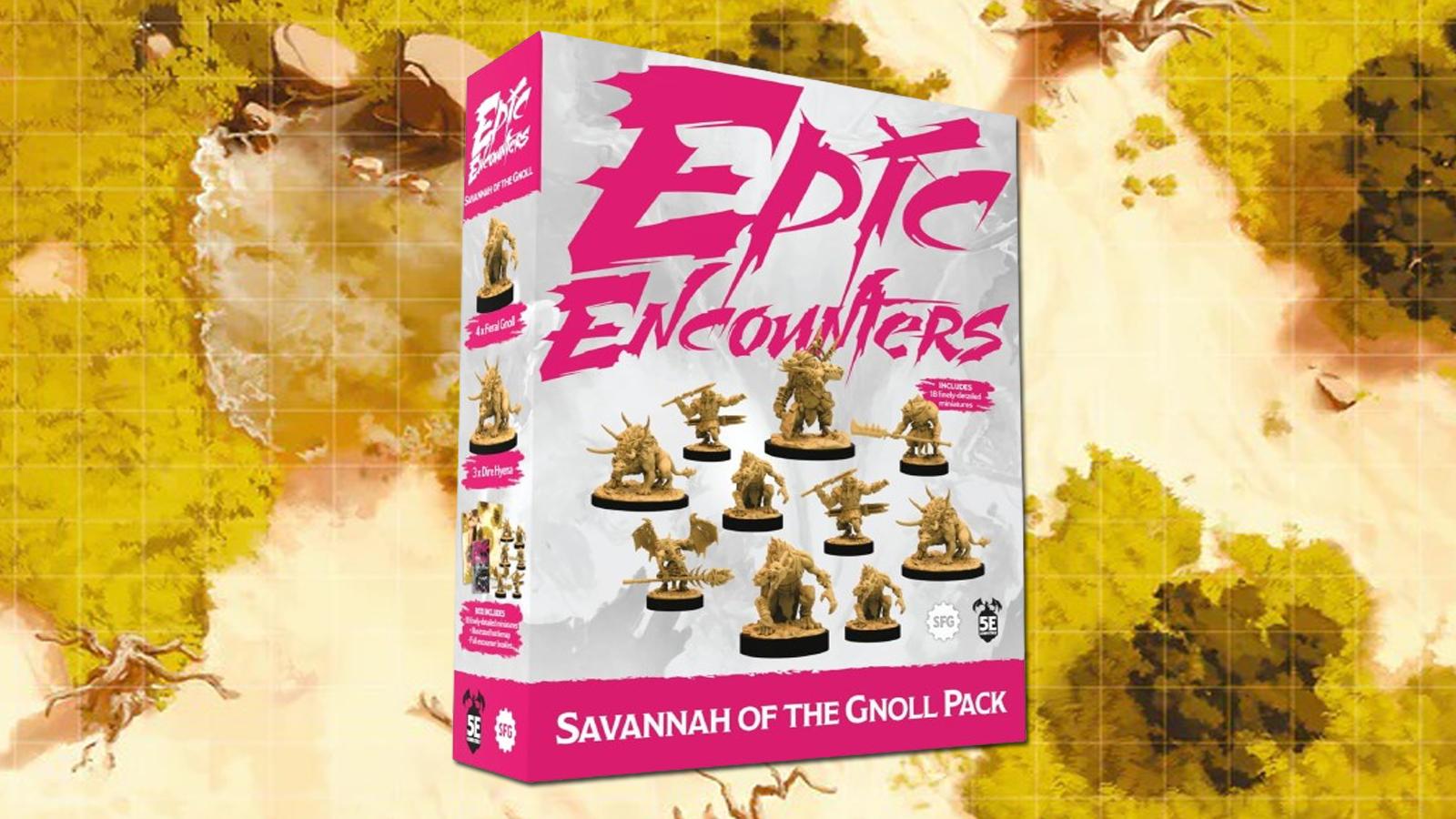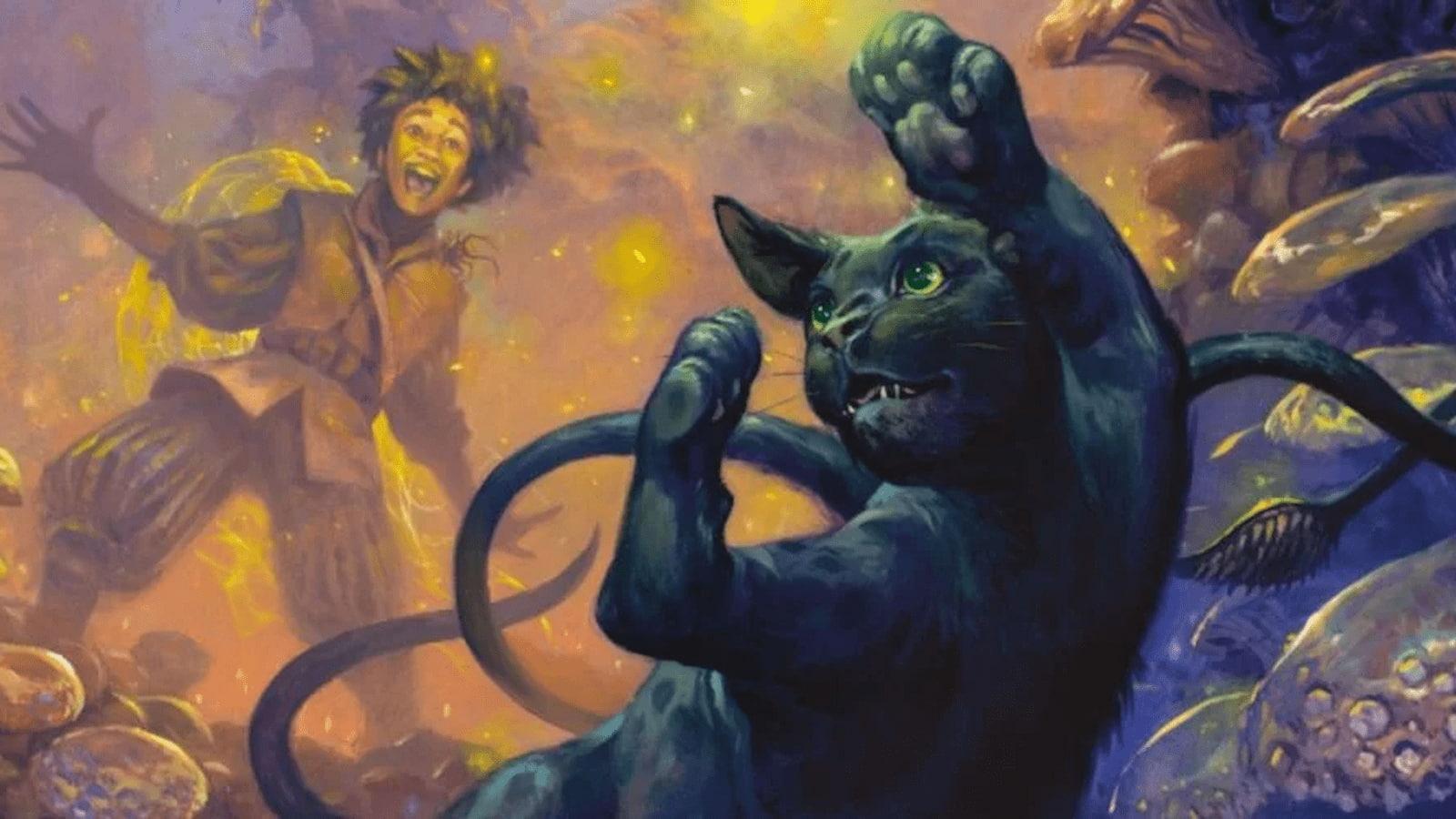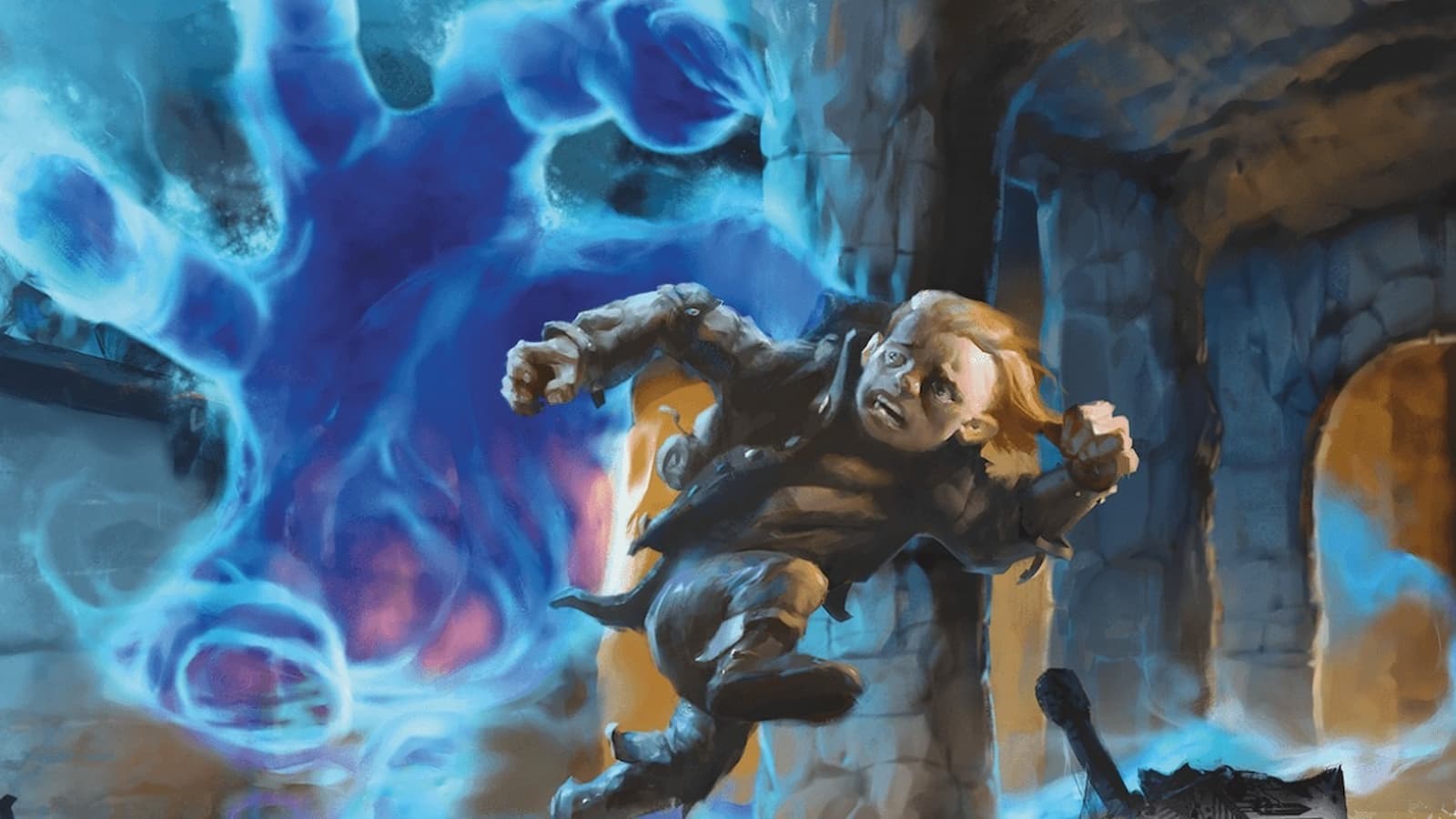D&D 5e’s obscure enemy type can make anything dangerous
 Wizards of the Coast
Wizards of the CoastLow-level monsters can easily be steamrolled by a weak D&D party, but there’s a way to transform any encounter into a threat by using an obscure enemy type.
Dungeons & Dragons 5e is an extremely well-balanced game, to the point where few classes or races could be described as “underpowered.” This means that even a level 1 group that’s poorly optimized still has a high chance of surviving traps and monsters of the intended Challenge Rating.
The established low-level threats, such as skeletons, bandits, goblins, kobolds, zombies, and wolves, need to get lucky with their rolls or use the battlefield to their advantage to have a chance against a level 1 party.
There’s a way to beef up all of these foes and make them terrifying, and it’s by applying a type from the Monster Manual that’s only used with a handful of creatures – swarms.
Swarm monsters (such as the Swarm of Rats or Swarm of Poisonous Snakes) represent a lot of monsters in a single space. Not only can they hit hard, but they can inhabit the same space as a player (activating an Attack of Opportunity if they try to move), gaining a ton of resistance and condition immunities in the process.
As discussed in a thread on the DnD Reddit, any monster in D&D 5e can be turned into a swarm. Want a swarm of werewolves, dragons, or tarrasques? Go for it.
The idea is that the swarm takes a group of weaker monsters and turns them into a single boss monster. They make up for what they lose out on in action economy in strength and durability.
Multiple swarms can also be used to replicate a mass battle, such as a riot in a city or a war. This prevents players from annihilating many enemies straight away with big AoE spells.
Swarms are also good for replicating an undead apocalypse. While a few skeletons or zombies on their own don’t pose a threat (especially to a group with a Cleric or Paladin), a massive group with a single purpose will.
The swarm rules help DMs freshen up overly familiar enemies and give experienced players a scare. A group might scoff at a group of zombies under regular circumstances, but they won’t be laughing when they rush like the fast zombies from 28 Days Later.



